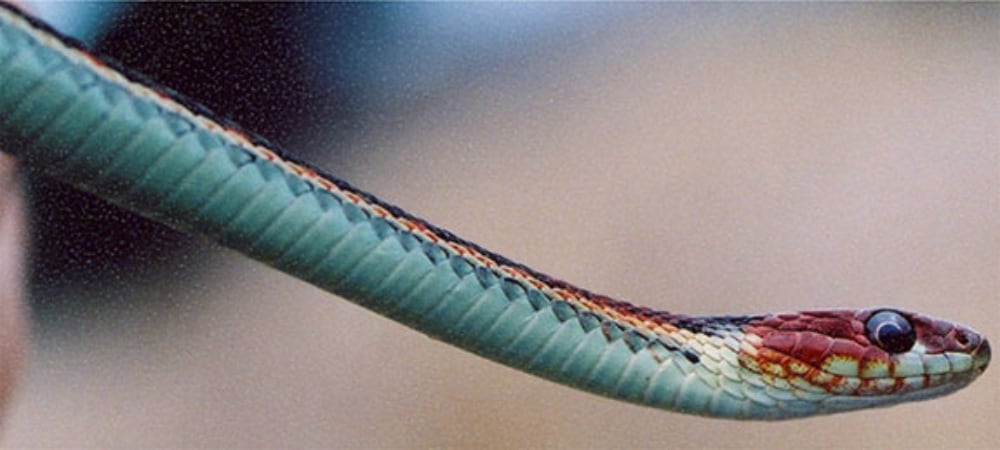Land owned by the San Francisco International Airport is home to the largest concentration of San Francisco garter snakes discovered to date, accordin
Land owned by the San Francisco International Airport is home to the largest concentration of San Francisco garter snakes discovered to date, according to a study commissioned by the United States Fish and Wildlife Service.
The 180 acres of both wetlands and upland land has nearly 1,300 Thamnophis sirtalis tetrataenia, a subspecies of Thamnophis sirtalis that is only known to exist on the San Francisco Peninsula in San Mateo County.
The land is unmolested and off limits to the public and is also home to the California red-legged frog (Rana draytonii) the main prey of the San Francisco garter snake and the amphibian made famous by Mark Twain’s short story “The Celebrated Jumping Frog of Calaveras County.”
“I am proud of the findings in this study,” Natalie Reeder, SFO’s wildlife biologist said in a statement to the media. “These results validate the environmental stewardship programs we have in place, to ensure endangered species can survive and thrive at SFO.”
San Francisco Garter Snake Gets Protections In San Mateo County, CA
The San Francisco garter snake was placed on the Endangered Species list in 1967. It has been estimated that only 1000 to 2000 adult snakes remain in the wild. It feeds primarily on the California red-legged frog and can be found in densely vegetated bodies of water with ample areas for basking. The species is at risk due to decline of the California red-legged frog and the introduction of the American bullfrog to the garter snake’s natural range. The bullfrog feeds on the snake and the California red-legged frog.
The complete study, “Combining genetic and demographic monitoring better informs conservation of an endangered urban snake” can be read on the PLOS ONE Journal website.


